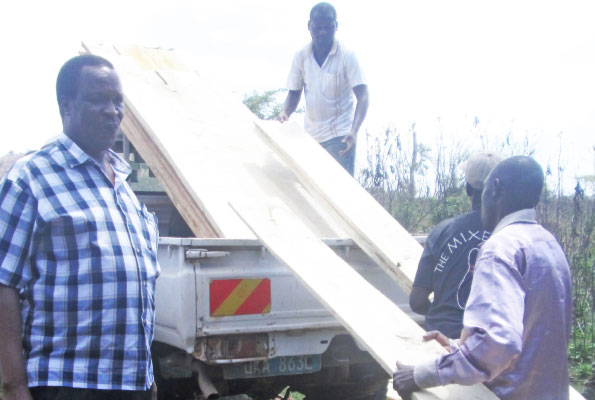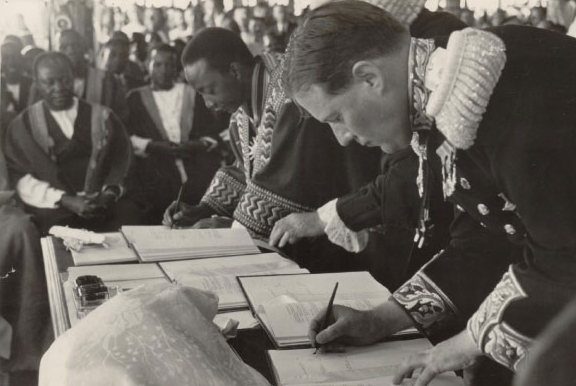Although it has never been officially admitted, the RPA war had a very big financial impact on the Ugandan government coffers, especially on the part of its military budget.
It is suspected that the National Resistance Army’s arsenal of guns nearly got depleted when thousands of men and officers of Rwandese origin ‘abandoned ship’ and carried along the NRA’s army ware and vehicles.
But the apparent silence on the part of the Ugandan government has since, according to military and political pundits, given credence to the suspicion that the government may have been rewarding the Rwandese men and officers who formerly formed the rank and file of the NRA for their contribution during the bush war.
Be as it may, the RPA invasion of Rwanda created a number of problems for the Kampala establishment. Uganda’s international and diplomatic relations became a subject of debate when President Habyarimana insisted that his enemy had a command centre in Uganda.
And when the RPA adopted a guerrilla war fare, the Rwandan troops pointed their artillery guns into Uganda, where they claimed their enemy had bases and camps. The sad bit about this was that it was the innocent Ugandan villages that were turned into cannon fodder.
The spilling of the war into Uganda was another indirect cost to the Ugandan government. The affected districts (Kisoro, Kabale and Ntungamo) had to contend with the subsequent problems of internally-displaced persons (IDPs) and security issues of abductions and killings by the Rwandan troops.
On November 13, 1990, I got a telephone call from a local contact in Kisoro, who told me that the place was under heavy shelling from Rwanda.
He sounded very worried and I could tell from the way he was heaving that there were, indeed, intermittent thunderbolts, which I suspect to be sound from artillery shells exploding.
“Kisoro town and the surrounding areas have since last night been under heavy artillery bombing. Most people’s lives and properties have been destroyed and people are fleeing with whatever they can pick,” he said.
After replacing my telephone receiver, I decided to rush to the office/residence of the then NRA 2nd division commander, Col Geoffrey Taban in Kamukuzi to get more information about the Kisoro attack by Rwandan troops.
It was coming to midday when I arrived at Col Taban’s gate which was manned like a quarter guard of sorts and I was told to wait as he was still in an urgent security meeting. I came to learn later that particular meeting was about what was happening in Kisoro.
I finally met him after another hour of waiting; before I could say anything, he said: “If you want any news about the Kisoro attack from me, you will be disappointed because I cannot talk about something I have not personally verified.”
Taban, who is by character soft-spoken and had been known to me since the NRA bush war days, looked me in the face and read the disappointment I had registered.
To my relief, he added: “If you cannot wait for me to travel to Kisoro first before I give you the updates, let us go together now and you get first-hand information. Let us meet at the Boma ground in the next 30 minutes and we go to Kisoro.”
Within twenty minutes, I had rushed to my home and picked a few belongings before I went to office and picked my pinhole camera and rushed to the RDC’s building thinking that we were travelling by road. I knew I was going to spend several days away but on arrival at the RDC’s office I noticed that a military helicopter was ‘perching’ on the golf course pitch, on standby to fly us to Kisoro.
I had to abandon my bag at the district information office after being told that we were going to return after all. Our first stop was in Kabale where our chopper landed at the golf course near the administration buildings where Taban had a briefing from the then district internal security officer, Hannington Kakura.
Although I never heard what the discussion was all about, I suspect it was about what was happening in Kisoro, given the body language and movement of their pointing fingers.
When we finally reached Kisoro, we landed at Nyakabande airstrip where we noticed an IDP was in the making. At the airstrip, we were received by Lt Col Anthony Kyakabale who was then second-in-command (NRA 2nd division) to Col Taban and was in charge of operations. When the war broke out in Rwanda, it was Lt Kyakabale who was responsible for the respective deployment and establishment of NRA detaches along the border areas with Rwanda.
Flanked by the then Kisoro district administrator (now known as RDC), Hajji Assad Lutare, Lt Kyakabale later briefed his boss (Col Taban) behind closed doors. It was after that meeting that I was called to join the group for a guided tour of the areas which had been affected by the indiscriminate artillery shelling.
As we drove in a convoy of three four-wheel-drive vehicles around Kisoro town towards the border area of Chanika, we were cautioned about the likelihood of becoming targets of artillery guns. We quickly heeded and with the assistance of a local council official, we abandoned the cars and started walking using footpaths.
As we walked on, we started to witness the wanton destruction of property (houses and gardens) caused by the shelling. We also got harrowing accounts from the victims and witnesses of the attack.
We visited a primary school where one of the buildings had been shelled but we were told nobody had been injured except for shock and fear that sent the pupils stampeding for safety. The unfortunate thing was that on the fateful day, the primary seven pupils were sitting their primary leaving examinations.
A few minutes later, our tour was abruptly interrupted when one of the military escorts in our group whispered to his boss that he had heard a sound of gunfire from across the border.
It was at this point that Hajji Assad Lutare advised the group to hurriedly return to Kisoro town for safety in case the Rwandan troops resumed the shelling. On arrival in Kisoro, it was reported that two Ugandan male adults had been abducted by armed Rwandan troops from the border village of Chahafi, just a few kilometres from where we were.
A brief impromptu security meeting in the district administrator’s office was the last business we had in Kisoro before our helicopter returned to Mbarara after another brief stopover in Kabale.
As we flew back to Mbarara, I asked Col Taban what they had resolved to do in respect of the attack during that closed-door security meeting with his commanders and the RDC. Speaking with confidence, he said: “We are going to handle the situation decisively. This will not happen again.”
But as things turned out later, these incursions by the Rwandese troops into Uganda became a common occurrence as the Ugandan government, just like the case of Rwanda, started ‘crying foul’ although no one listened or sympathized.
Interestingly, it was Rwanda’s allegations about Uganda’s complicity in RPA that attracted the attention of the international community. Several days after the Kisoro attack, a high-powered delegation of co-presidents of the then ACP/EEC joint assembly jetted into Uganda and headed to Kisoro to verify the Rwandan allegations that the RPA were operating from bases located within.
This put the Uganda government on the defensive. When he met the team, Kisoro administrator Lutale roundly dismissed Rwanda’s allegations as ‘wild and baseless.’
He instead told the verification team that it was Ugandan civilian population that was bearing the brunt of Rwanda’s ‘unprovoked’ incursions into Uganda.
He presented documentary evidence to prove his case in a voluminous report in which he reported more than 80 civilian deaths and 125 serious injuries (maimed).
Lutale’s report also said that more than 60 per cent of the residents living in the six counties in Kisoro were affected by the war and a total of 1,145 homes had been destroyed, leaving about 1,000 people in dire need of resettlement.
But the most intriguing revelation I personally found in Lutale’s report was the adverse effect on Kisoro district administration’s budget. Later on, as I was writing the story about the ACP/EEC delegation visit to Kisoro, it again dawned on me how costly the RPA war was becoming on the part of Ugandan government.
It lost trillions of shillings in terms of the military equipment and army ware that the RPA took with them at the time of the invasion. But what was more intriguing was that on top of the financial loss, Uganda lost innocent lives and properties.
muhanguzijust@yahoo.com
0772 504 920
The author is a public relations practitioner.
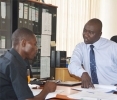





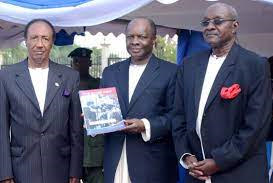
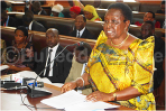



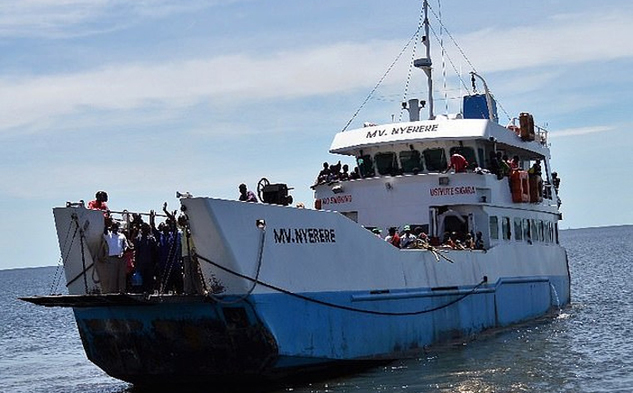 The old ferry as it was during sailing on the famous African fresh water Lake
The old ferry as it was during sailing on the famous African fresh water Lake


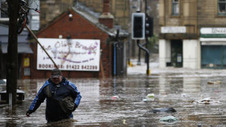
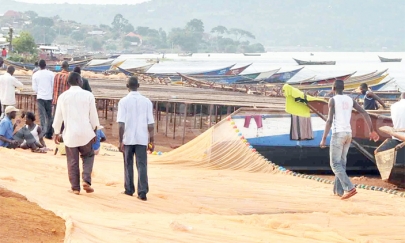
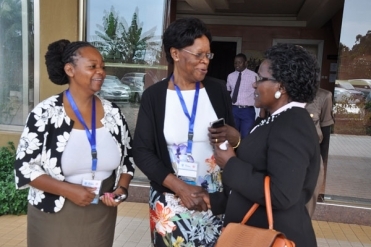

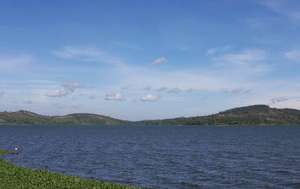 One of the largest Lakes in Africa living in so many mountains
One of the largest Lakes in Africa living in so many mountains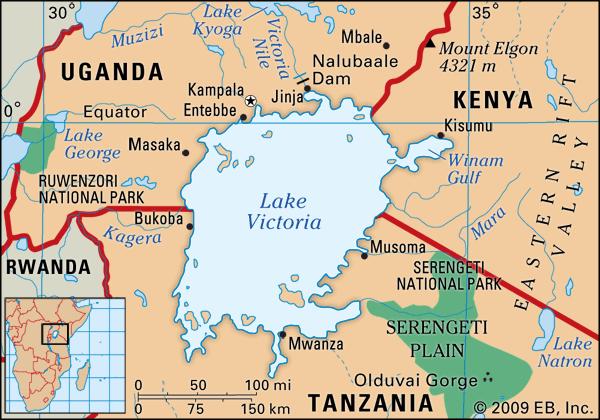













 Ennyonyi eri okumpi n’amazzi ng’eno n’eri ewala zonna zisobola okumiribwa.
Ennyonyi eri okumpi n’amazzi ng’eno n’eri ewala zonna zisobola okumiribwa. Ennyonyi eri okumpi n’amazzi ng’eno n’eri ewala zonna zisobola okumiribwa.
Ennyonyi eri okumpi n’amazzi ng’eno n’eri ewala zonna zisobola okumiribwa.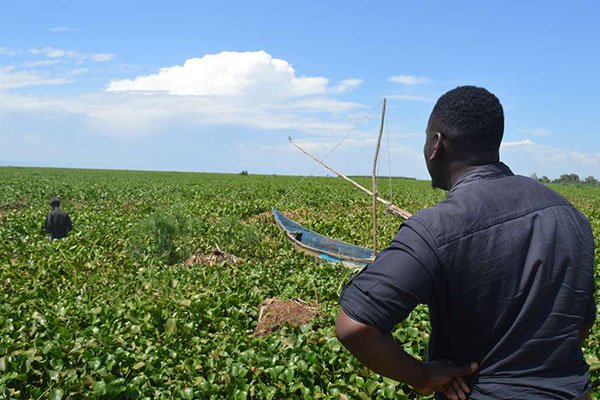
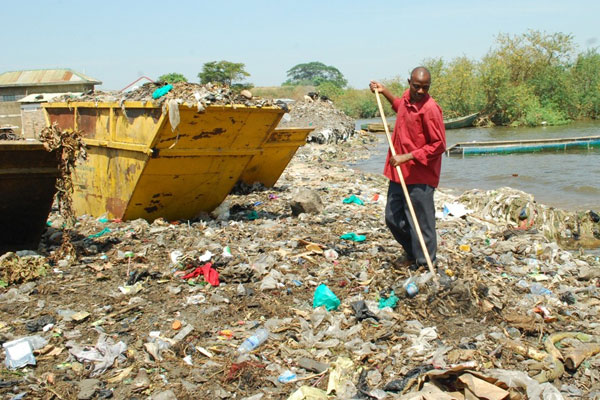

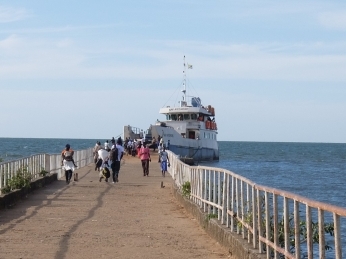 A picture of MV Nyerere at the dock in Bugolora, Ukerewe Island, taken in October 2015 before it sank.
A picture of MV Nyerere at the dock in Bugolora, Ukerewe Island, taken in October 2015 before it sank.



